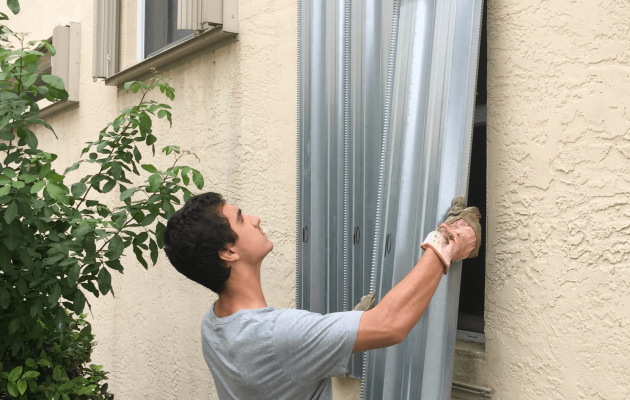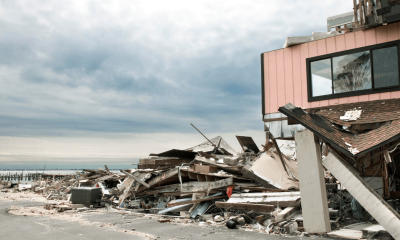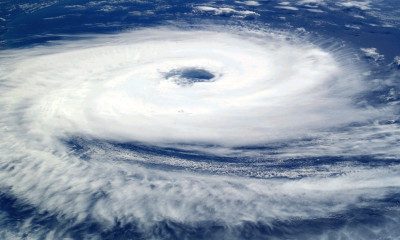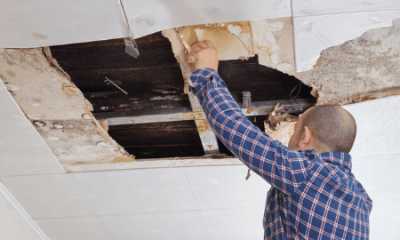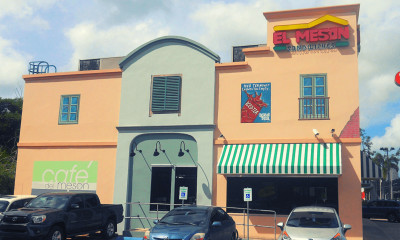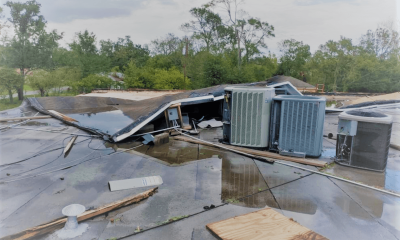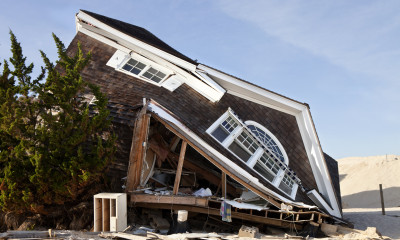Seven Tips for Homeowners to Financially Weather Hurricane Season
Each year, hurricane season brings severe water and wind damage to homes across the country.
With experts predicting above-average hurricane and severe tropical storm activity for the 2022 season, it is more important than ever for homeowners to be physically and financially prepared, especially in high-risk areas such as Texas and Louisiana.
In addition to stocking up on emergency items, including canned food, bottled water, and batteries, here are some tips from the recovery experts at Jansen/Adjusters International to help you financially weather the hurricane season:
1. Review your insurance policy
In many cases, homeowners can be underinsured and caught unaware until after disaster strikes – when it is already too late. Review your insurance policy before the hurricane season to avoid costly mistakes and ensure comprehensive coverage. Check the fine print of the endorsements and exclusions in your policy to see what perils are covered or if there could be a significant deductible that will affect your financial recovery.
2. Determine your flood risk
Even properties near the coast or lowlands can be susceptible to rising waters. For example, when public storm drains become backed up with debris during heavy rains, just a few inches of water can do as much damage as four feet of flooding.
Suppose you do determine that flooding could be a threat to your home. In that case, you must acquire flood insurance sooner rather than later – most flood policies don’t go into effect until 30 days after purchase, leaving your home in danger should an unexpected storm pop up in the interim. Flood insurance is typically not included in standard policies. It will cover property damage up to the flood debris line, while your standard insurance policy should protect against destruction caused by the wind to that part of the building above.
By investing in flood insurance ahead of the height of hurricane season, you can rest assured that your financial investments in your property are better protected should floodwaters start to rise.
3. Take inventory
Before a storm strikes, take photos and videos of your property – inside, outside, and around your home – and save them to a cloud service that you can access from any device.
After a hurricane, repeat this documentation process. In addition, do not give in to the temptation of discarding damaged, waterlogged, or destroyed items. Instead of putting them out on the curb or in the trash, keep them for documentation of your insurance claim and store them securely on your property.
Proving a loss will be smoother if you have physical and photographic evidence of your property before and after the storm to compare inventory, including furniture, clothing, and property alterations.
4. Have a plan in place for your family and property
Consider various scenarios during and after a hurricane and plan for the residents and your property. Your and your family's safety should be the top priority, followed by the safety of your property. If evacuation is not possible, do your best to protect your home throughout the event. If you decide to leave, attempt to mitigate losses as much as possible by protecting your property and ensuring your address and contact information are visible. This will help your insurance or emergency service representatives locate your property if they need to begin the claims process before you can return.
5. Do not underestimate the value of mitigation
Your insurance policy will outline a list of duties that you, the homeowner, must perform before and after a hurricane to protect your home and prevent damage. These responsibilities include boarding your windows to laying a tarp over your roof. However, if you fail to take reasonable steps to protect the property from further damage, your insurance carrier could reject your claim if additional damage occurs due to your negligence.
6. Have a communications plan
Communication can be challenging during and after a hurricane due to loss of power and toppled cell phone towers. However, having a communications plan with your family and your post-disaster recovery team can help reduce your stress and speed up the recovery process exponentially.
Years ago, landlines and satellite phones used to be the only ways to communicate after a disaster. In modern times, communication apps like Life360, the FEMA app, and even Facebook’s Crisis Response Page can be helpful tools to keep in contact with your family, friends, and recovery team.
7. Assemble Your Team
Forming a relationship with an expert public adjuster from Jansen/Adjusters International before disaster strikes can be one way to protect yourself against becoming a number on your insurance company’s long list of claims due to a high rate of property destruction in concentrated areas.
As we saw with high-category hurricanes like Katrina and Ida, most people evacuate for safety. Unfortunately, this means that the insurance company’s adjusters are often the only ones on the ground evaluating the damaged property and beginning the long claims process.
When a relationship with a public adjuster is pre-established, you will have an expert who understands the intricacies of your insurance policy and can provide professional advocacy on your behalf, documenting the loss in its entirety. Your public adjuster will also contact your insurance adjuster and negotiate your claim on your behalf to make the process much faster and more stress-free.

